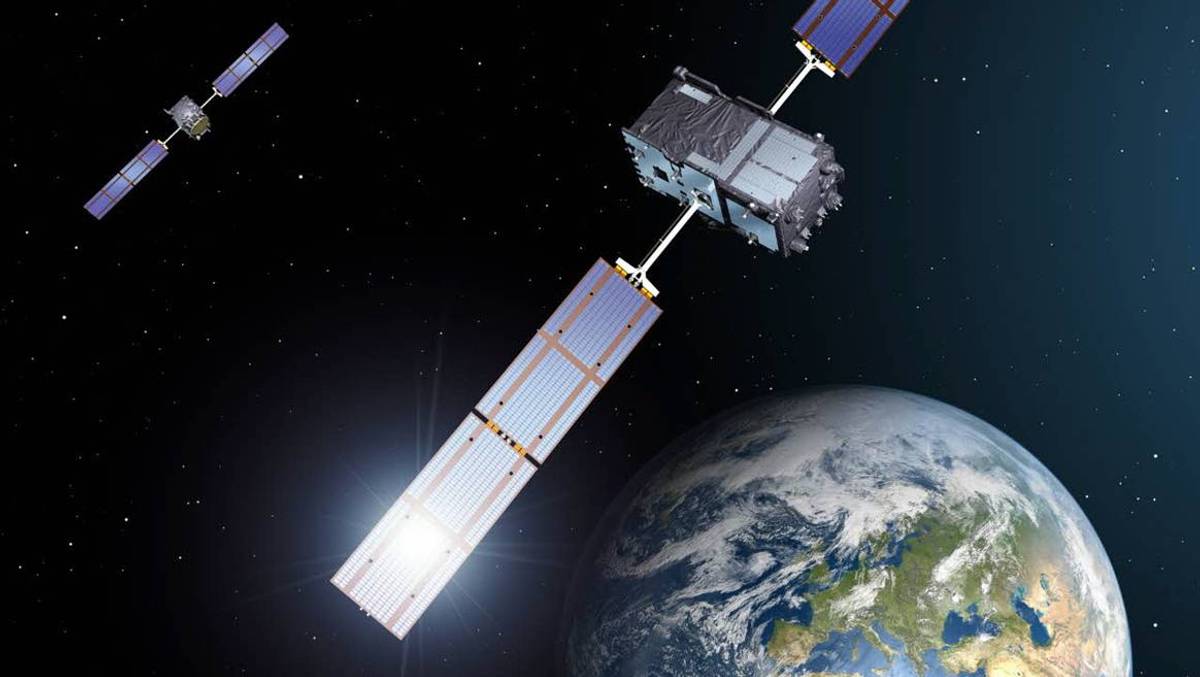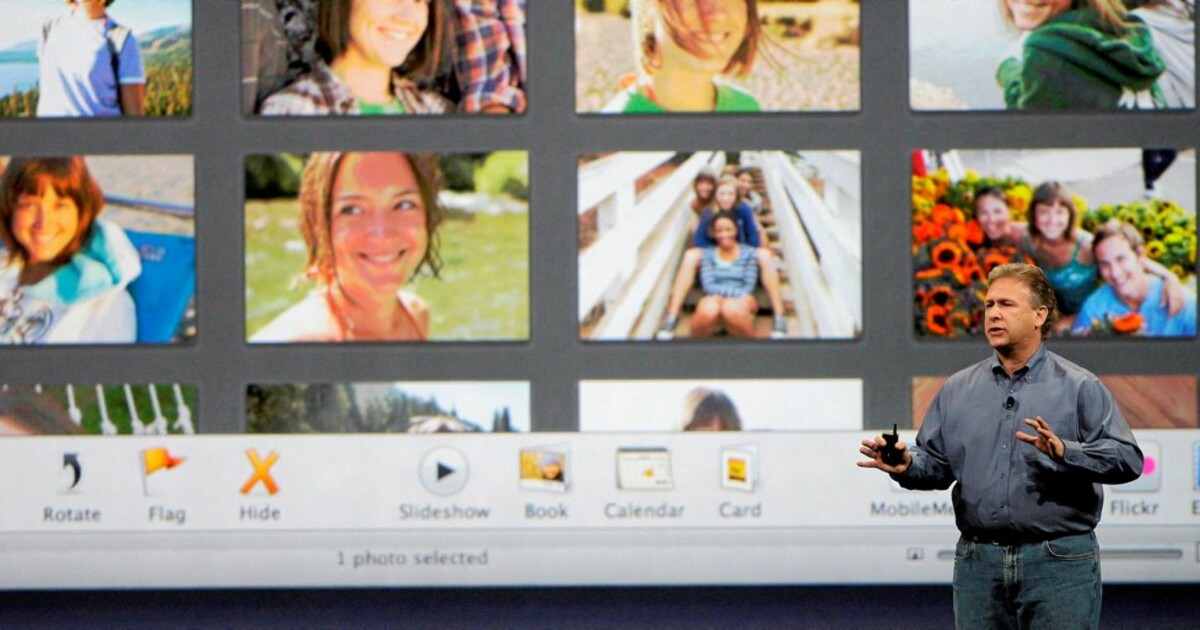This satellite will provide researchers with important information, among other things, about the world's ocean areas, ship traffic, oil spills and glaciers. In this satellite there is Norwegian technology, including, OSI Optoelectronics in Horten.
The company has made components that help control the solar panels on the Sentinel-1 weather satellite. General manager of hydrangea company Roar Vasbø said they were proud to be involved in this project.
– We have developed and manufactured the detectors installed on these satellites. What our component does is look directly at the sun to control a ten meter long solar panel. This is done to get optimal power on the satellite.
Difficult conditions
Vasbø said there were difficult conditions for the satellite and its components.
– Components have been carefully tested to prove to our customers that they can withstand what they are designed to withstand.
This is what some of the components look like.
Photo: OSI Optoelectronics USA
The components of OSI Opto-electronics supply power to the satellite and, in other words, are essential for the satellite to function. If an error occurs, the satellite will stop. This is a way of thinking that Vasbø does not focus on.
– That's a thought we don't think about. We have years of experience with aerospace components, so we're confident our components can survive the journey. That's why they have been tested a lot, so they should last a long time.
Also read:
Participate in multiple satellites
Vasbø said his company has supplied components for many satellites before.
– I think many European satellites launched around the world have components from us.
The company also supplies components for other types of satellites.
– We also send to Sentinel-3. This is a satellite that will monitor the speed and height of the waves. The launch will take place in 2015, Vasbø said.
(Article continues below image)

There are many small parts that must be in place for a satellite to survive in space.
Photo: OSI Optoelectronics USA
Vasbø said it was difficult to say anything about Norway's technological position compared to the rest of the world, but he said their companies were world leaders in their fields.
– There are about ten companies in the world that supply similar components and three of them are located in Europe. So that's where we defended the podium.
– Will you be following the launch tomorrow?
– Yes, I'll try it, said Vasbø.
Published
02.04.2014, at 21.24

“Music maven. Evil pop culture lover. Unapologetic creator. Friend of animals everywhere.”






